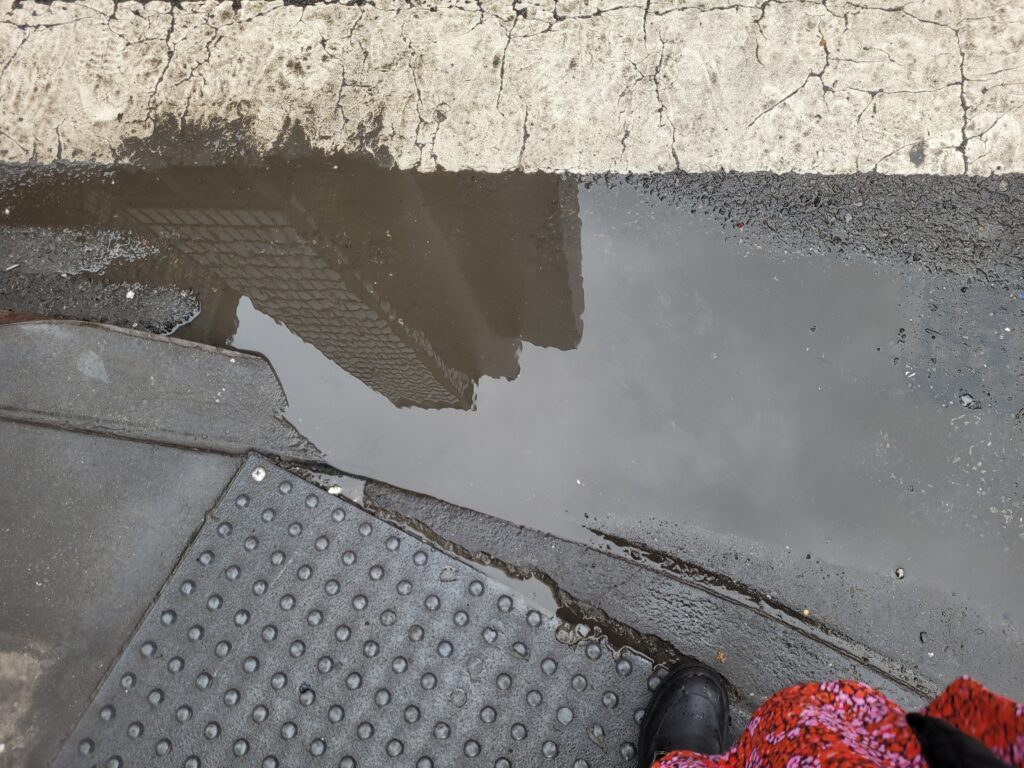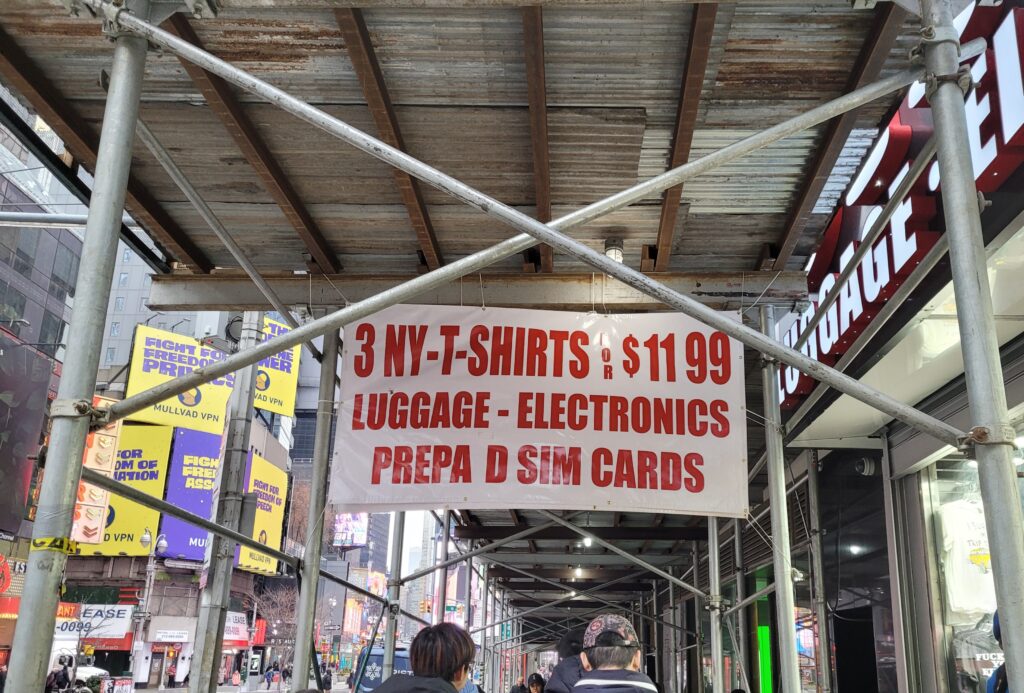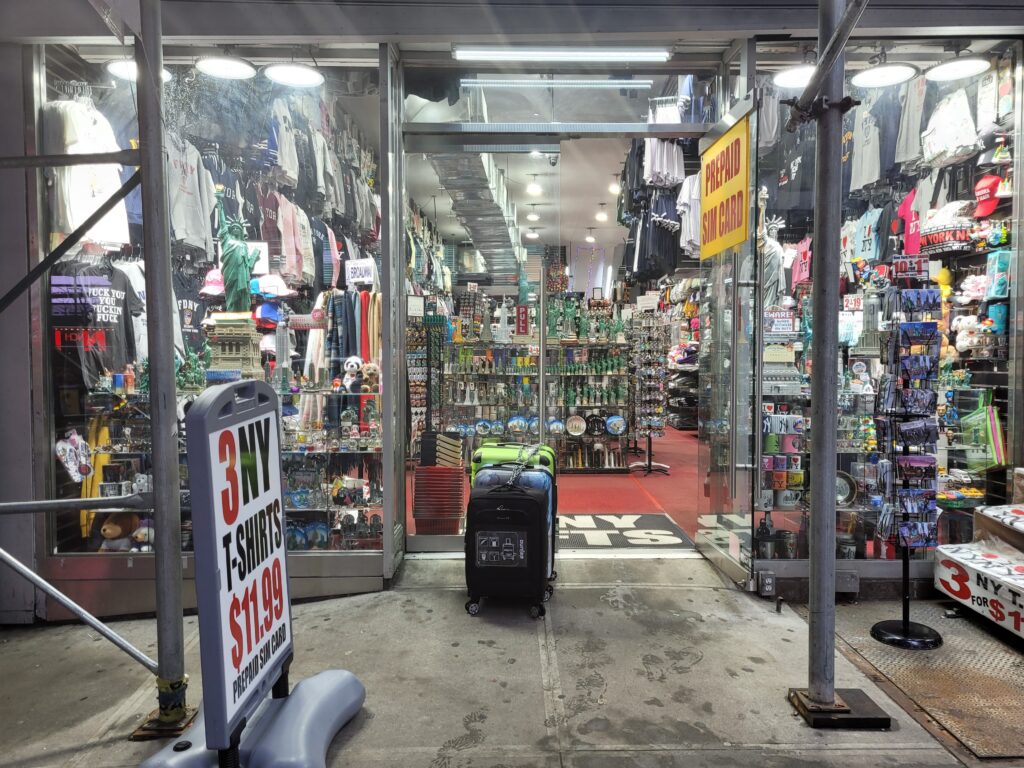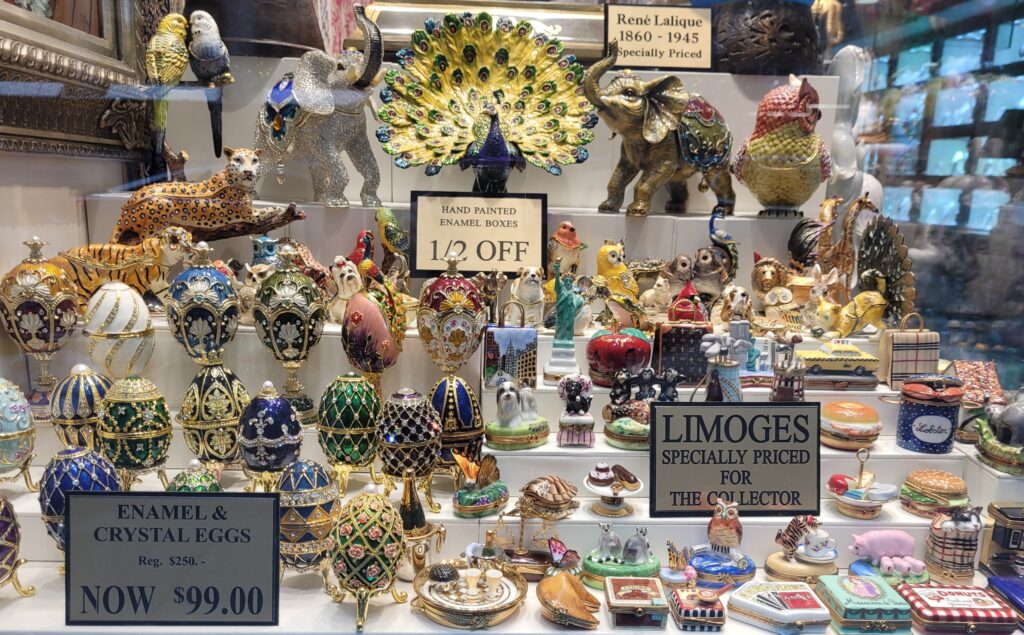
The violence that surrounds me, seeps through my eyes and at night won’t let me sleep.
This photographic project by Mayte Olmedilla exposes the body as a sacrificial territory, a space where multiple violences —structural, symbolic, and everyday— converge and inscribe themselves. The series captures the rawness of existing within a collective fiction: the image of the United States as a paradigm of welfare and progress, dismantled through the accumulation of broken gestures and landscapes, where the American dream reveals itself as a mirage built upon the ruins of the contemporary capitalist, patriarchal, and techno-fascist regime.
Olmedilla’s gaze turns the body into both an irrefutable witness and the very stage where these violences take shape. Her body does not merely observe; it absorbs, channels, and returns that violence, transformed into image. It is a porous, wounded, scarred body that collects the marks of its environment —a territory where the boundary between the intimate and the social unravels. The images oscillate between resistance and vulnerability, evoking an unease that lingers even in the solitude of night, where the violences absorbed throughout the day return as sleepless specters curled up beside us.
The series also portrays the tension between the body and the space it inhabits: worn-out urban landscapes, abandoned objects, material remnants that converse with emotional residues. Each image functions as a crack in the hegemonic narrative of progress, revealing the fractures, wounds, and invisible traumas that uphold that illusion. Olmedilla’s camera does not seek to offer comfort or answers, but to disturb, to fracture the surface of the everyday until its rawest edges are laid bare.
This photographic work engages with the tradition of political performance and visual critique, weaving a visual narrative that confronts the viewer: how does the body hold itself together when the world around it insists on falling apart? What does it mean to resist when violence no longer comes from the outside but has settled within us? Olmedilla’s work offers no escape —but it does offer a certainty: the gaze is never innocent, and holding it steady is already a form of resistance, a way of learning to breathe among the ruins.














